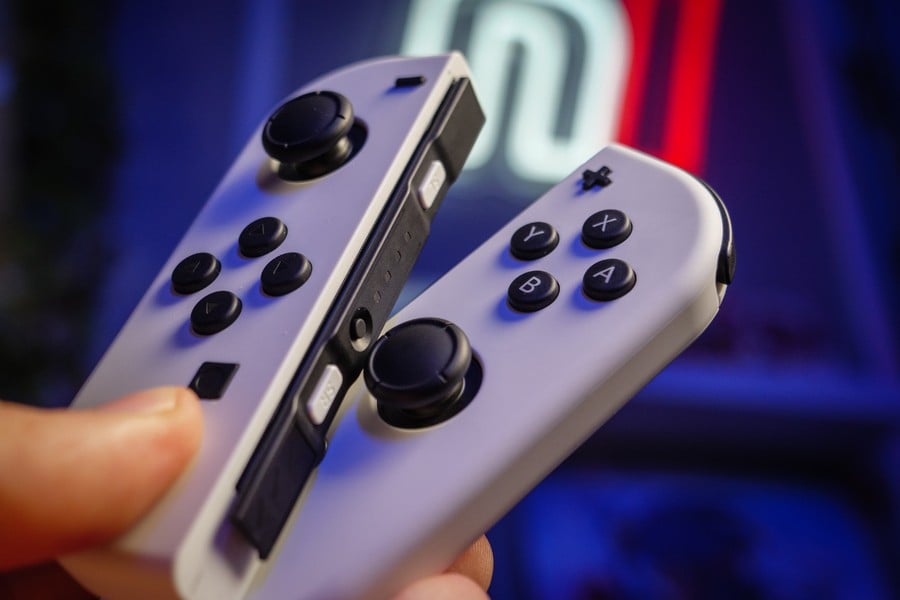
Soapbox features allow our writers and individual contributors to express their thoughts on hot topics and random things they’ve been chewing on. Today, Francisco considers a small Joy-Con addition that could help set the upcoming “Switch successor” apart…
Nintendo can’t resist an attractive hardware innovation. Think of the Game & Watch’s D-pad, the awesome shoulder buttons of the SNES, or the Wii’s revolutionary motion controls; and we’ve barely scratched the surface of its long legacy of pioneering video game controllers. Despite its efforts, one hardware feature has eluded Nintendo for decades.
This powerful tool can travel miles in the blink of an eye, or take you from a satellite view to the lowest ant in an instant. Sakurai introduced it for the GameCube. Nintendo filed a patent for it in 2015. Your finger might be close to one right now. What long-overlooked miracle am I referring to? Computer mouse scroll wheel.
While today’s creative sandboxes go a long way in inventory management and menu design, straining our existing UI inputs to their maximum limits, this tool, widely seen in 1996 in Microsoft’s IntelliMouse, would be good for made its belated debut on ‘Switch 2’.
It’s time to turn the wheel
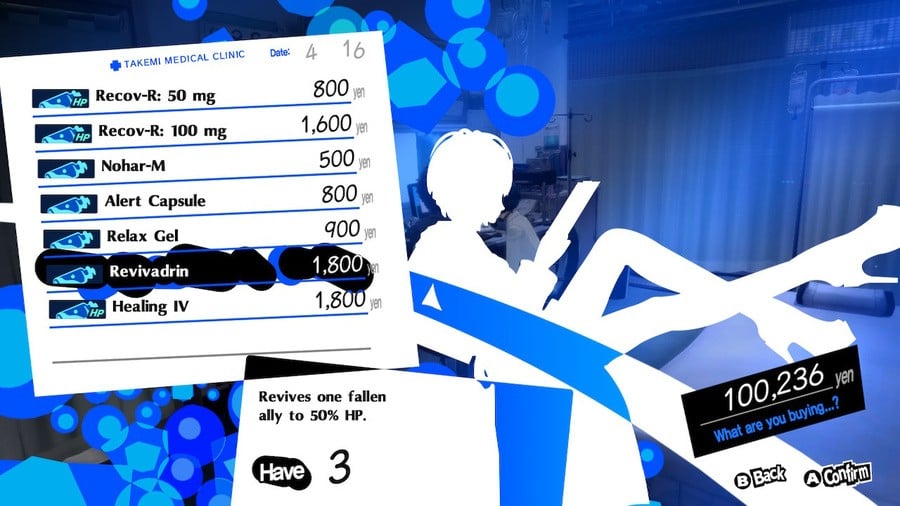
My first argument is sheer convenience. We’re used to the familiar compromises that multi-platform games use to make up for the lack of scrolling. Directional or radial options can be toggled between weapons and powers in the quick select menus. The shoulder buttons flip your inventory pages instead of scrolling through a long list, or they can change the camera zoom in Civilization VI.
For all its dizzying possibilities, Tears of the Kingdom runs into all sorts of limits that existing controllers simply aren’t designed for.
Once, that was enough. Now that menu creation and packaged inventories have infiltrated every genre you can name, it often feels like you’re spending as much time in glorified spreadsheets as you are in the game world. Of course, you can mask fatigue – how Personal it does in such an obvious stride – but when we’re more and more menu-drenched, easing the low-level crawling that underlies these endless grids and lists becomes a necessity.
We saw in the last Direct how the upcoming top-down The Legend of Zelda: Echoes of Wisdom is also adopting sandbox elements; The only part of the game I’m sadly not looking forward to is how I’ll reuse the endless ‘quick’ menu of Tears of the Kingdom – scrolling through the thing looking for the right Cuchu Jelly is an embarrassing part of my 80-hour playtime. This issue has been going on for quite some time. Especially when it is so easily improved by the accuracy of the scroll.
In comparison, holding an analog stick is like spinning a roulette wheel; random and with minimal speed control. Skip it and you have to flip the stick back 180 degrees to reverse it. The directional buttons present an even less pleasant option, more strain to hold, more effort to enter correct sequences just to select the right Minecraft item.
A designer’s tool for a maker’s world
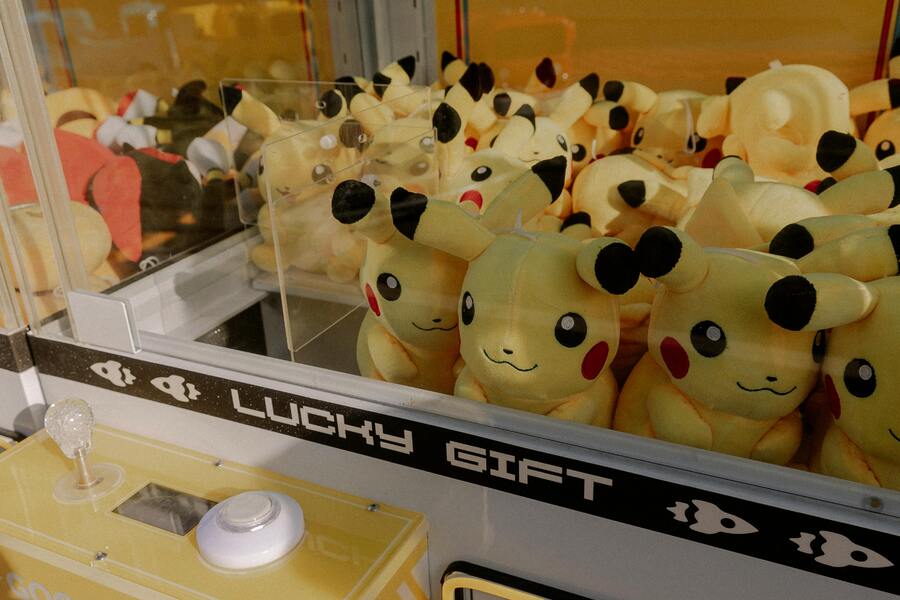
The bigger issue is that, when you think about it, the 3D revolution happened on our screens, not our controllers.
Even with the analog stick, when Link appeared in a gorgeous 3D Hyrule in Ocarina of Time, and Mario stepped into a magical Mushroom Kingdom in Super Mario 64, we still continued to navigate 3D spaces with 2D input. Up or down. Left or right. However many variant angles in between. At heart, it’s no different than using a UFO clip, with a button press to interact with a third plane of motion.
Often, we get by, but with creative modes that require the ability to control a player character and any number of objects in the game, the precision we need for manipulating 3D objects isn’t quite there yet. And there’s a reason why the mouse wheel is a key tool for graphic and level designers: it adds a whole new dimension.
For all its dizzying possibilities, Tears of the Kingdom runs into all sorts of limits that existing controllers simply aren’t designed for. Ultrahand had me haphazardly spinning the wooden planks like a novice fighter, a devastating danger to myself and anyone within a 20-meter radius, doomed to create piles of useless rubble, no feat of engineering for centuries.
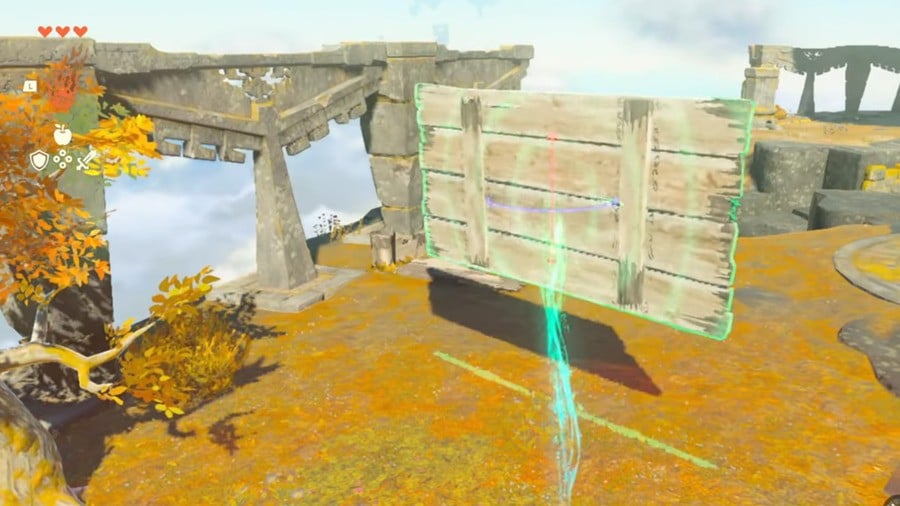
Add a spinning wheel to the mix and watch these problems melt away, like a glimpse of Princess Zelda in the distance of the Gerudo desert. You do not need to switch between objects that rise in the air between three axes. Better yet, with a natural rotary input, you can now rotate objects with the precision that even the Zonai sticker and Nintendo’s polished physics detection system couldn’t quite achieve.
It’s not just Link who benefits. With a large number of Minecraft, Fortnite and Roblox Choosing mobile and PC over consoles, solving this problem makes Nintendo make the Switch 2 the destination for an untapped market of creative gamers.
A (Play) meeting with fate
The convenience and design tricks are great, but are they enough to justify such a bold new feature? What else can a spinning wheel do?
A few obvious examples come to mind: In last year’s dive/restaurant sim Dave the Diver, it’s easy to imagine using the steering wheel to play Dave’s harp underwater, or precisely tilt the spout when serving green tea to customers of Dave’s Sushi. Elsewhere, it can be used to carefully calibrate the tension of Link’s bowstring before releasing a devastating bomb arrow.

For more ideas, you only have to glance at Panic’s Playdate, the yellow handheld box with a side-mounted rotary crank that quickly attracted a vibrant development scene eager to explore its possibilities.
The machine isn’t a wheel, but they run on the same rotating shaft, and it shows how a little hardware tweaking can make the Switch 2 claim to be home to unique mechanical experiences you simply can’t find anywhere else (at least until Steam Deck v3 tries to muscle in).
Early Playdate releases give a taste of these new ideas: A Balanced Brew casts players as a barista on a unicycle, tasked with delivering coffee orders while dangerously spinning his unicycle back and forth. And for Crankin’ Time Travel Adventure, Katamari Damacy creator Keita Takahashi opts for a fourth dimension, not a third: his game has you play a darkened robot running toward a hot date, the fixation drives you back and forth in time, adjusting itself. across a timeline to avoid the obstacles that come between Crankin and his true love Crankette.
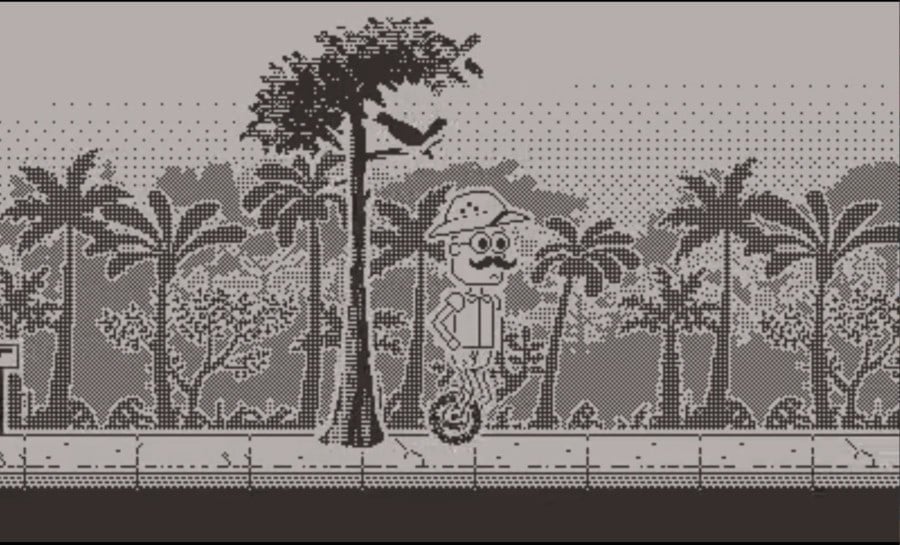
Lately, Return of the Obra Dinn creator Lucas Pope has been drawn to take advantage of these hardware possibilities and recently launched Mars After Midnight, a Playdate exclusive and typically tricky title that uses various tricky controls.
The Switch’s successor deserves equally unique titles from developers of this caliber, excited to explore these new possibilities. Plus, we really know how Nintendo’s stable of world-class designers would run riot, after the wonders they’ve done with motion and touch controls – I’m especially eager to see what WarioWare can cook up.
There are valid concerns. With the Joy-Con’s unfortunate track record, adding another chance for mechanical failure to its successor might seem risky. Finding the right ergonomic placement can also be a bigger challenge. Personally, I agree with Sakurai: the shoulder buttons converted to clickable wheels add functionality without extra buttons, and certainly beat a back position like the Nintendo 64 controller’s ‘Z’ button.
I’m sure if they put their minds to it, the Nintendo developers can make it happen. As they say, “Where there’s a wheel, there’s a road.”